When a picture says more than just a thousand Words, then is this one 💖!
The kind of treatment that EVERY animal deserves.💚
Did you know that Botswana, Zimbabwe and Eswatini (formerly Swaziland) have legalized trade in ivory and animal skins?
In many African countries, the elephant is almost extinct.
But there is a tribe in northern Kenya who want to prevent this.
Years ago, these warriors were afraid of elephants. But now they even have an orphanage for little elephant babies.
Innovative Samburu communities in northern Kenya have come together to save orphaned elephants.
The region is home to Turkana, Rendille, Borana and Somali as well as the Samburu – ethnic groups that once fought for the country and its resources until death.
Now they are working together to strengthen their communities and protect the estimated 6,000 elephants that live with them!
The elephant orphanage Reteti, nestled in the gorge next to a crescent-shaped mountain range, is located in a 975,000 hectare thorny bush in northern Kenya and is known as the Namunyak Wildlife Conservation Trust – part of the ancestral home of the Samburu.
It was founded in 2016 by the Samburu. Funding comes from Conservation International, San Diego Zoo Global and Tusk UK. The Kenya Wildlife Service and the Northern Rangelands Trust provide ongoing support.
The 6,000 elephants in this part of Kenya form the second largest population in the country.
Black rhinos are starting to return – a small, carefully guarded population that has been reintroduced to the Sera Conservancy, adjacent to Namunyak, from parks and reserves across Kenya.
Warthog, impala, little kudu, buffalo, leopard, cheetah and reticulated giraffe are also on the rise.
This is Shaba, almost two years old today, the acting matriarch of Reteti’s younger orphans, and she teaches them how to look for food in the wild.
Under the supervision of caregivers, she leads her small herd into the bush outside the protected area, pulls leaves, tastes bark, presses down small trees and takes mud baths (Photo: Ami Vitale, National Geographic)
What happens here in Reteti without much fuss is nothing less than the beginning of a transformation in the way Samburu relate to wild animals that they have long feared.
This oasis, where orphans grow up and learn to be wild so that they can one day return to their herds, is as much about people as it is about elephants.
Yes, they still exist those who protect elephants.
https://www.nationalgeographic.de/tiere/2017/05/die-krieger-die-einst-elefanten-fuerchteten-beschuetzen-diese-nun
And I mean...Projects like this fill us with joy. Whenever possible, we want to finally see these animals in freedom and joy.
Our great lesson in animal welfare is collaboration and continuity. To be successful, we need to invest in long-term, trustworthy relationships. If an initiative is not strengthened by many groups, the work will not be successful.
To be successful you have to work together.
My best regards to all, Venus
Filed under: GENERAL NEWS - International / National / Regional |



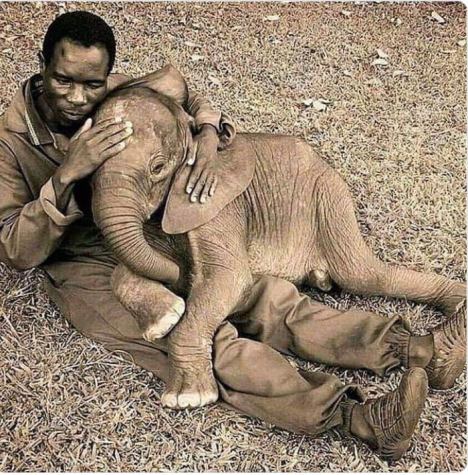

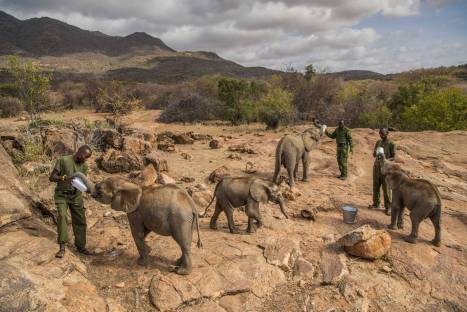
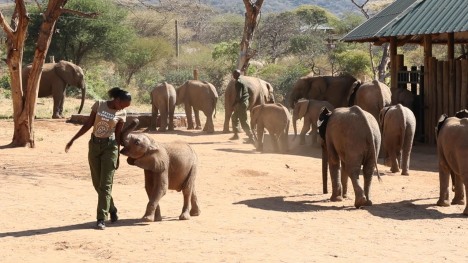
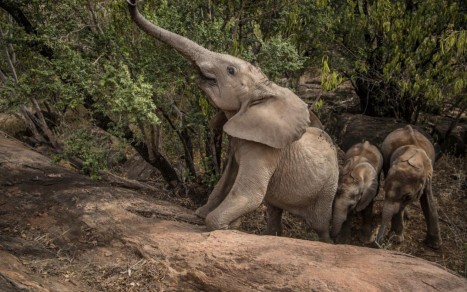
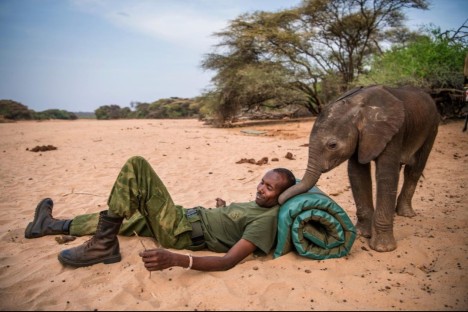
Leave a comment